
Justice League International Vol. 1: The Review justice league international Reading Guide – Oemiu
Justice League International Vol. 1: A Comprehensive Reading Guide
The Justice League. The name conjures images of Superman, Batman, Wonder Woman, and the most powerful heroes defending the Earth from cosmic threats. But what happens when you take away the iconic heavy hitters, replace them with a motley crew of B-list heroes, and throw in a healthy dose of humor and international intrigue? You get Justice League International, a series that redefined team dynamics in comics and left an indelible mark on the DC Universe. This reading guide will delve into *Justice League International Vol. 1*, exploring its origins, characters, themes, and lasting impact, providing you with a roadmap to navigate this essential collection of comic book history.
The Genesis of Justice League International: Bridging the Cold War Divide
Before *Justice League International Vol. 1* arrived on shelves, the Justice League was a fairly straightforward operation: a collection of the most powerful superheroes fighting threats too big for any single hero to handle. But in the late 1980s, DC Comics was looking to shake things up. The Cold War was beginning to thaw, and the world was becoming increasingly interconnected. This shift in global dynamics provided the perfect backdrop for a new kind of Justice League, one that reflected the complexities and tensions of the international arena.
The brainchild of Keith Giffen, J.M. DeMatteis, and Kevin Maguire, Justice League International embraced a more comedic and character-driven approach. Gone were the stoic pronouncements and earth-shattering battles (well, mostly). In their place were witty banter, interpersonal conflicts, and a focus on the human side of superheroism. The United Nations, seeking to exert more control over the Justice League, mandates a more diverse and internationally representative team. This sets the stage for a roster that includes not just American icons but also heroes from across the globe, some more competent than others. This global approach also lends to the overall feeling that the comic has a refreshing take on the superhero genre.
The brilliance of the creative team lies in their ability to blend action and humor seamlessly. The stories in *Justice League International Vol. 1* are genuinely funny, but they also explore serious themes such as political manipulation, the dangers of unchecked power, and the importance of teamwork. The characters are flawed and relatable, making their victories all the more satisfying. The seeds planted here would have lasting effects on the broader DC Universe.
The initial premise of a UN-backed League brought with it its own set of challenges, both in-universe and for the writers. The League had to navigate the complexities of international politics, dealing with bureaucratic red tape and the competing interests of various nations. This provided ample opportunity for satirical commentary on the absurdity of global politics, as well as a platform to explore the ethical dilemmas faced by superheroes operating on an international scale. The decision to rebrand the team and focus on the ‘International’ aspect proved groundbreaking.
A League of Their Own: Exploring the Core Characters of JLI Vol. 1
The heart and soul of *Justice League International Vol. 1* lie in its diverse and often dysfunctional cast of characters. While familiar faces like Batman and Martian Manhunter are present, the real stars of the show are the B-listers and the new additions to the DC Universe. Each character brings their unique personality and quirks to the team, creating a dynamic that is both hilarious and compelling.
* **Batman:** Despite being one of the League’s most formidable members, Batman often finds himself playing the straight man to the antics of his teammates. His dry wit and stoic demeanor provide a perfect contrast to the more flamboyant personalities on the team.
* **Martian Manhunter:** The ever-reliable Martian Manhunter serves as the team’s moral compass and voice of reason. His telepathic abilities and shape-shifting powers make him a valuable asset in any situation.
* **Guy Gardner:** Perhaps the most polarizing member of the team, Guy Gardner is a brash and arrogant Green Lantern with a penchant for stirring up trouble. His confrontational attitude often clashes with his teammates, but beneath his gruff exterior lies a surprisingly noble heart.
* **Booster Gold:** A time-traveling glory hound from the future, Booster Gold is more interested in fame and fortune than in saving the world. Despite his self-serving motives, he often proves to be surprisingly resourceful and courageous.
* **Blue Beetle (Ted Kord):** The Blue Beetle is a brilliant inventor and a skilled fighter, but he’s also a lovable goofball with a constant stream of jokes and wisecracks. His friendship with Booster Gold is one of the highlights of the series.
* **Captain Atom:** A stoic and powerful hero, Captain Atom struggles with his immense power and the potential for it to be misused. He often serves as a mediator between the more volatile members of the team.
* **Black Canary:** A skilled martial artist and a compassionate hero, Black Canary brings a much-needed sense of practicality and empathy to the team. Her relationship with Green Arrow adds a touch of romance to the series.
* **Ice and Fire:** Two new additions to the DC Universe, Ice and Fire are powerful elemental heroes from Norway and Brazil, respectively. Their contrasting personalities and abilities make them a dynamic duo.
The interplay between these characters is what makes *Justice League International Vol. 1* so special. The constant bickering, pranks, and misunderstandings create a sense of camaraderie and realism that is rarely seen in superhero comics. The series also explores the personal lives of these heroes, revealing their hopes, fears, and insecurities. This makes them feel like real people, not just costumed icons.
| Character | Powers/Abilities | Personality | Role in the Team |
|---|---|---|---|
| Batman | Peak Human Condition, Master Detective, Martial Arts | Brooding, Intelligent, Strategic | Tactician, Leader (unofficially) |
| Martian Manhunter | Telepathy, Shapeshifting, Flight, Super Strength | Wise, Compassionate, Reserved | Moral Compass, Telepathic Support |
| Guy Gardner | Green Lantern Ring (Power Constructs, Flight) | Arrogant, Aggressive, Loud | Muscle, Provocateur |
| Booster Gold | Power Suit (Flight, Force Fields, Blasts), Time Travel | Showboating, Fame-Seeking, Opportunistic | Wild Card, Unexpected Hero |
| Blue Beetle (Ted Kord) | Genius-Level Intellect, Inventing, Acrobatics | Humorous, Goofy, Optimistic | Inventor, Comic Relief |
Humor and Heart: Thematic Elements Shaping JLI’s Identity
*Justice League International Vol. 1* is renowned for its distinctive blend of humor and heart, setting it apart from many other superhero comics of the time. The series masterfully balances lighthearted comedy with moments of genuine emotion and pathos, creating a reading experience that is both entertaining and thought-provoking.
The humor in *Justice League International* is not simply slapstick or silly gags. It’s often character-driven, stemming from the interactions and relationships between the team members. The writers expertly exploit the contrasting personalities and quirks of the characters to create comedic situations that are both funny and believable. The constant bickering between Guy Gardner and Batman, the Blue Beetle’s relentless puns, and Booster Gold’s attempts at self-promotion are all examples of the series’ witty and engaging humor.
However, beneath the surface of the comedy lies a deeper exploration of human emotions and relationships. The series delves into the personal lives of the characters, revealing their vulnerabilities, insecurities, and desires. We see the Martian Manhunter struggling with his loneliness and longing for his lost home, Blue Beetle grappling with his insecurities and self-doubt, and Booster Gold searching for meaning and purpose beyond fame and fortune. These moments of emotional depth add weight and substance to the series, making the characters more relatable and sympathetic.
Furthermore, *Justice League International Vol. 1* explores themes of teamwork, friendship, and the importance of embracing diversity. Despite their differences and conflicts, the members of the Justice League International learn to work together and rely on each other. They form strong bonds of friendship and loyalty, proving that even the most unlikely individuals can come together to achieve a common goal. The series also celebrates the diversity of its cast, showcasing heroes from different backgrounds, cultures, and nationalities. This emphasis on inclusivity and acceptance reflects the changing global landscape of the late 1980s and early 1990s. The *Justice League International reading order* isn’t necessarily linear, but appreciating these themes enhances the overall experience.
Lasting Legacy: How JLI Influenced the DC Universe and Beyond
The impact of *Justice League International Vol. 1* extends far beyond its initial run. The series has influenced countless comics, television shows, and movies, shaping the way superhero teams are portrayed and inspiring a generation of creators. Its legacy can be seen in the numerous comedic superhero teams that have followed in its footsteps, as well as in the increased emphasis on character development and interpersonal relationships in superhero storytelling.
One of the most significant contributions of *Justice League International* is its subversion of traditional superhero tropes. The series dared to portray superheroes as flawed, vulnerable, and often ridiculous individuals. This humanization of superheroes made them more relatable and accessible to readers, paving the way for more complex and nuanced character portrayals in subsequent comics.
The influence of *Justice League International* can also be seen in the modern era of superhero movies and television shows. The Marvel Cinematic Universe, in particular, has embraced the comedic and character-driven approach pioneered by *Justice League International*. The witty banter, interpersonal conflicts, and emphasis on teamwork that are hallmarks of the MCU can all be traced back to the influence of this groundbreaking comic series.
Moreover, the success of *Justice League International* demonstrated that superhero comics could be funny, emotional, and thought-provoking. It proved that readers were hungry for stories that went beyond the simple good versus evil narratives that had dominated the genre for so long. This opened the door for more experimental and innovative superhero comics, pushing the boundaries of the medium and expanding its appeal to a wider audience. Exploring the *Justice League International comic* is, in many ways, studying the evolution of team dynamics in superhero narratives.
The *Justice League International* characters themselves have also enjoyed renewed popularity in recent years, appearing in various animated series, video games, and even live-action adaptations. This resurgence of interest is a testament to the enduring appeal of these beloved characters and the lasting impact of *Justice League International*. The series’ unique blend of humor, heart, and action continues to resonate with readers of all ages, solidifying its place as a cornerstone of the DC Universe and a landmark achievement in comic book history. Understanding the *Justice League International team* is key to grasping the series’ unique tone and enduring popularity.
FAQ
What is Justice League International, and why is it important?
Justice League International (JLI) is a superhero comic book series published by DC Comics that ran primarily from the late 1980s to the early 1990s. It’s important because it revolutionized the way superhero teams were portrayed in comics. Prior to JLI, superhero teams were often depicted as serious and stoic, focused primarily on fighting crime and saving the world. JLI, on the other hand, embraced humor, character-driven storytelling, and international politics, creating a more relatable and engaging reading experience. The series humanized superheroes by portraying them as flawed, vulnerable, and often ridiculous individuals. This made them more accessible to readers and paved the way for more complex and nuanced character portrayals in subsequent comics. JLI also explored themes of teamwork, friendship, and diversity, reflecting the changing global landscape of the time.
Who are the main characters in Justice League International Vol. 1?
The main characters in *Justice League International Vol. 1* include Batman, Martian Manhunter, Guy Gardner, Booster Gold, Blue Beetle (Ted Kord), Captain Atom, Black Canary, Ice, and Fire. While Batman and Martian Manhunter are familiar faces, the series focuses heavily on the B-list heroes and new additions to the DC Universe. Guy Gardner is a brash and arrogant Green Lantern, while Booster Gold is a time-traveling glory hound. Blue Beetle is a brilliant inventor and a lovable goofball, and Ice and Fire are powerful elemental heroes from Norway and Brazil, respectively. The dynamic between these characters is what makes the series so special. The constant bickering, pranks, and misunderstandings create a sense of camaraderie and realism that is rarely seen in superhero comics.
What makes Justice League International different from other superhero comics?
Justice League International stands apart from other superhero comics due to its unique blend of humor, character-driven storytelling, and international intrigue. Unlike many superhero comics that focus primarily on action and spectacle, JLI emphasizes the personal lives and relationships of its characters. The series explores their vulnerabilities, insecurities, and desires, making them feel like real people, not just costumed icons. The humor in JLI is not simply slapstick or silly gags. It’s often character-driven, stemming from the interactions and relationships between the team members. The series also delves into the complexities of international politics, dealing with bureaucratic red tape and the competing interests of various nations. This provides ample opportunity for satirical commentary on the absurdity of global politics.
What are some of the recurring themes in Justice League International?
Recurring themes in Justice League International include teamwork, friendship, diversity, and the humanization of superheroes. The series emphasizes the importance of working together and relying on each other, even when faced with seemingly insurmountable challenges. Despite their differences and conflicts, the members of the Justice League International form strong bonds of friendship and loyalty. The series also celebrates the diversity of its cast, showcasing heroes from different backgrounds, cultures, and nationalities. Furthermore, JLI dares to portray superheroes as flawed, vulnerable, and often ridiculous individuals, making them more relatable and accessible to readers. This subversion of traditional superhero tropes is one of the series’ most significant contributions to the genre.
How has Justice League International influenced other comics and media?
Justice League International has had a profound influence on countless comics, television shows, and movies, shaping the way superhero teams are portrayed and inspiring a generation of creators. Its legacy can be seen in the numerous comedic superhero teams that have followed in its footsteps, as well as in the increased emphasis on character development and interpersonal relationships in superhero storytelling. The Marvel Cinematic Universe, in particular, has embraced the comedic and character-driven approach pioneered by Justice League International. The witty banter, interpersonal conflicts, and emphasis on teamwork that are hallmarks of the MCU can all be traced back to the influence of this groundbreaking comic series. The series demonstrated that superhero comics could be funny, emotional, and thought-provoking, opening the door for more experimental and innovative superhero comics.
Is Justice League International Vol. 1 a good starting point for the series?
Yes, *Justice League International Vol. 1* is an excellent starting point for the series. It introduces the core characters, establishes the series’ unique tone and style, and sets the stage for the subsequent storylines. The volume contains the first seven issues of the original Justice League International comic book series, providing a comprehensive introduction to the world and characters of JLI. While later volumes delve deeper into the characters’ backstories and explore more complex storylines, *Vol. 1* offers a solid foundation for understanding and appreciating the series as a whole.
Are there any recommended follow-up reading materials after finishing Justice League International Vol. 1?
*Justice League International Vol. 2* continues the storylines and character development established in the first volume. It delves deeper into the complexities of international politics and explores more complex threats facing the team. After completing *Justice League International Vol. 1*, reading *Justice League America* is also recommended, as the series evolved into two separate titles. It allows you to follow the continued adventures of the team and witness the evolution of their relationships. Another comic to consider is *Formerly Known as the Justice League* which is a follow-up limited series by Giffen and DeMatteis, that explores the further adventures of some of the JLI characters.
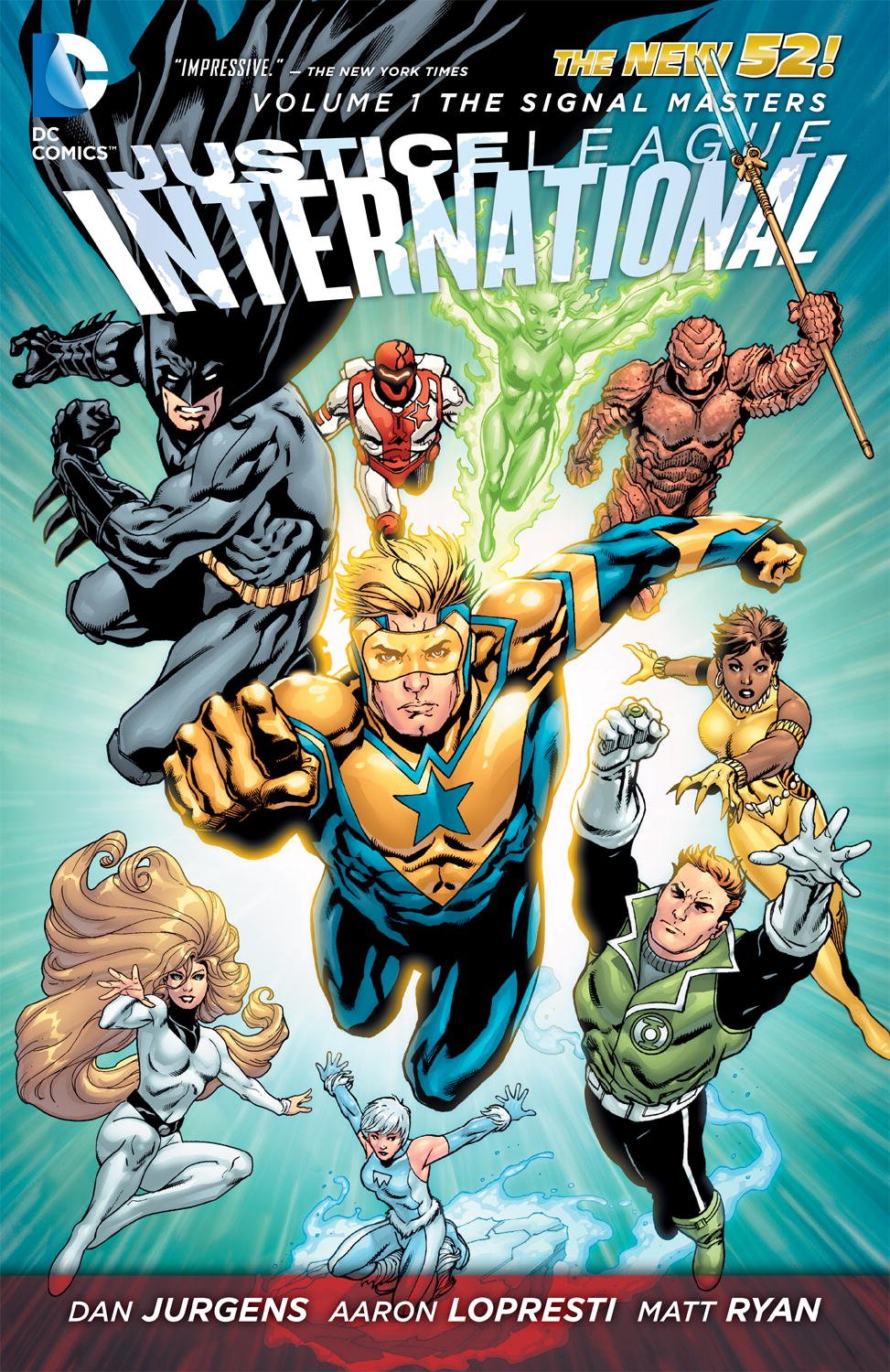
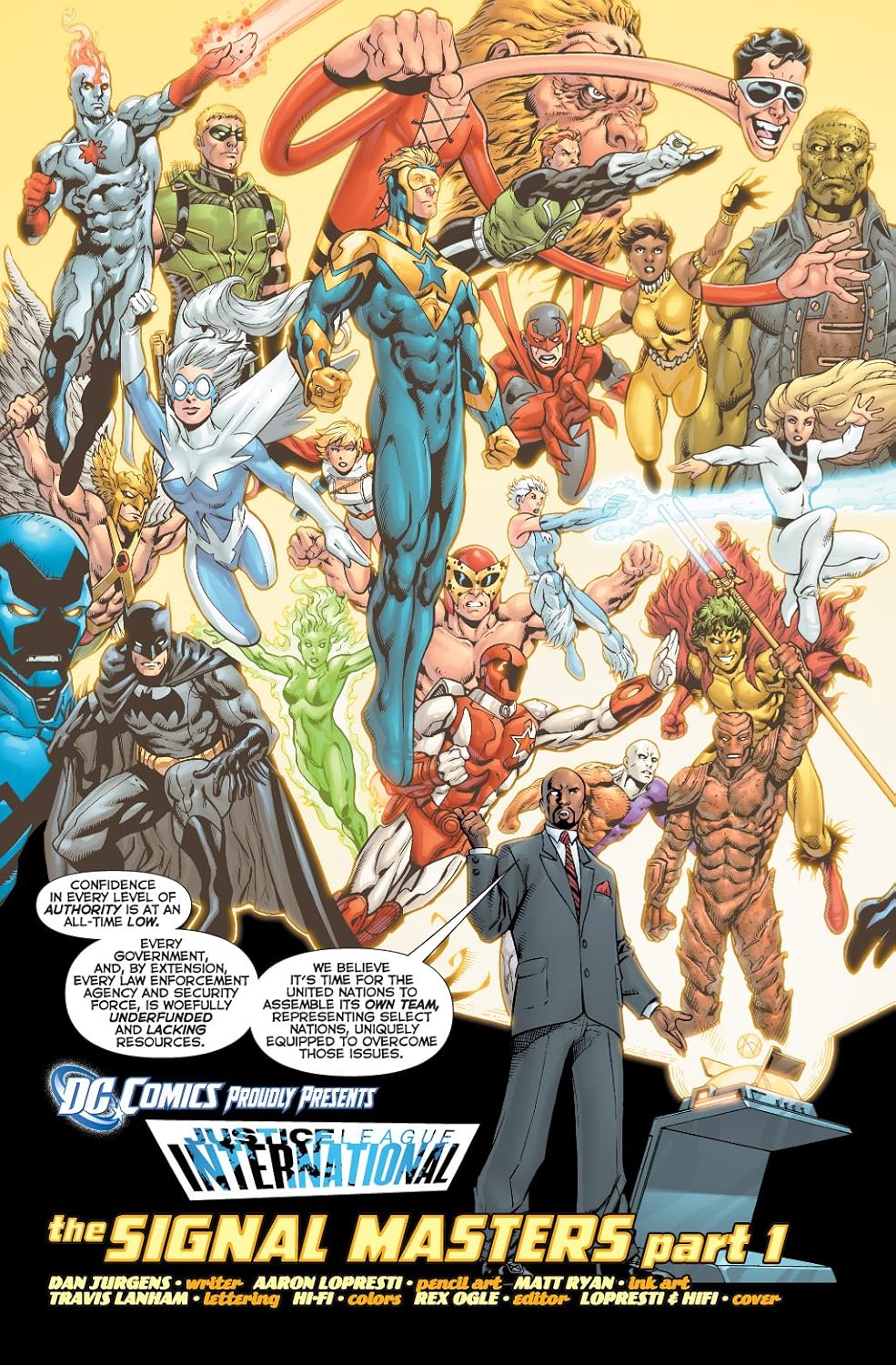
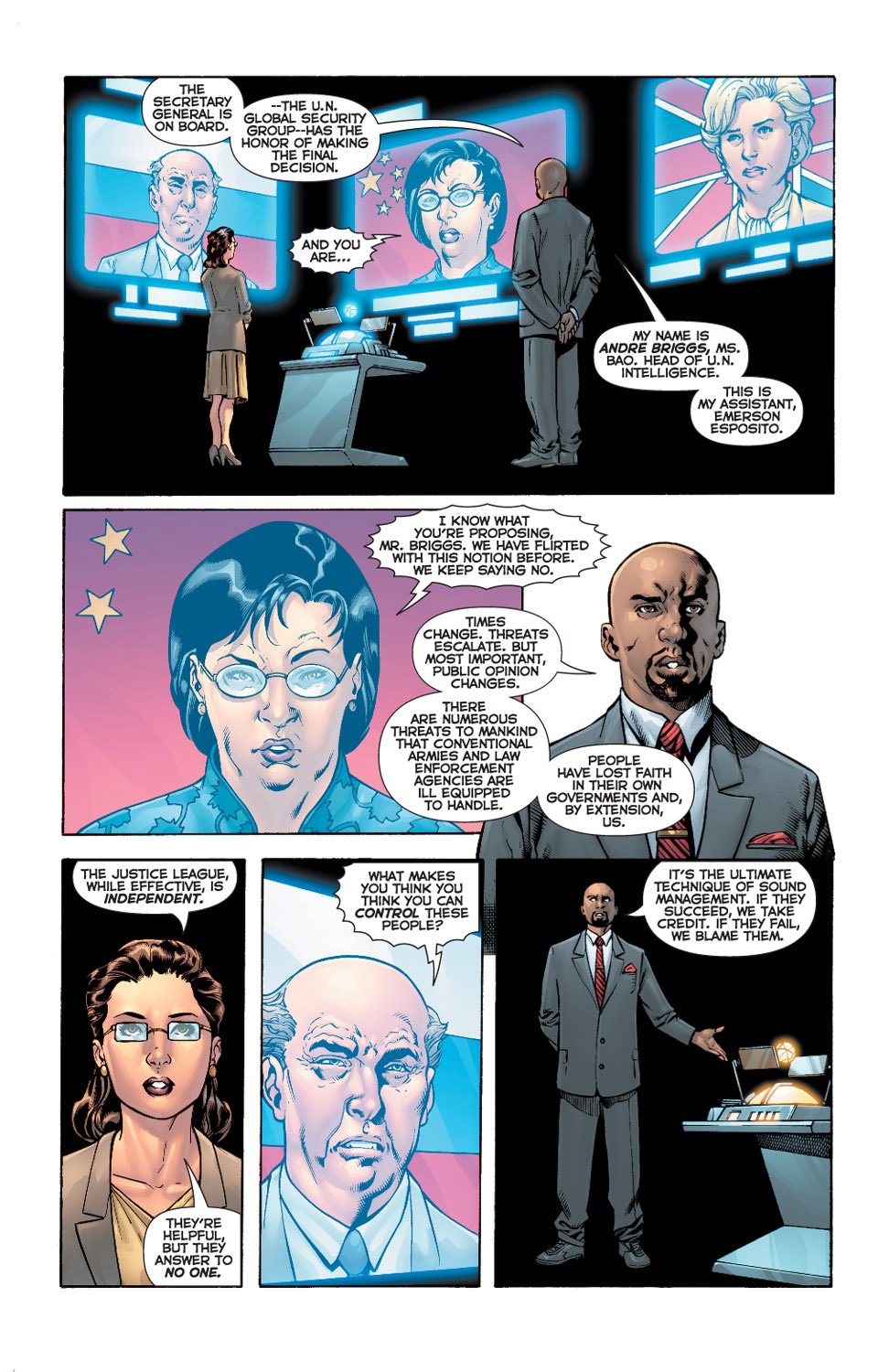
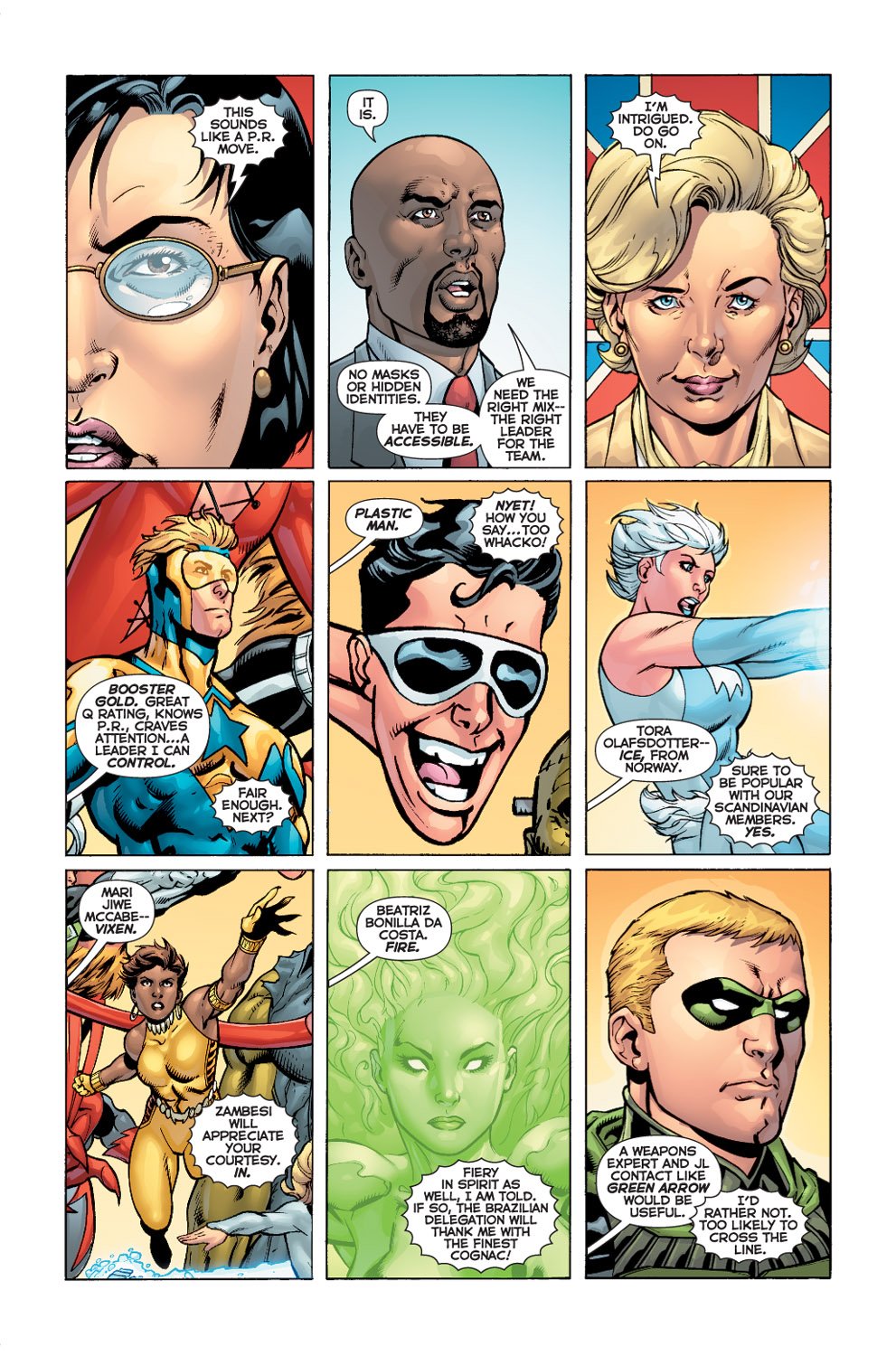
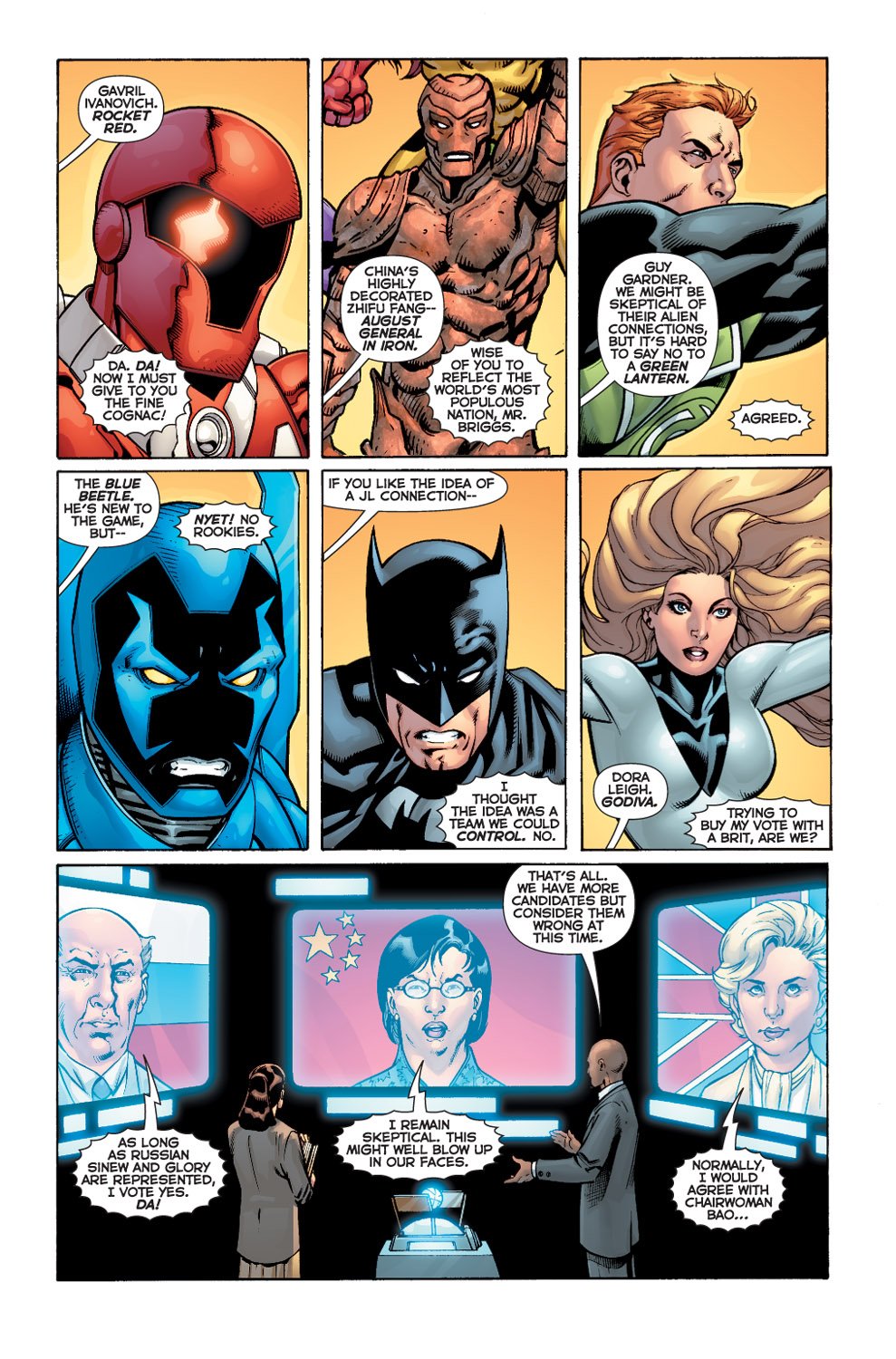
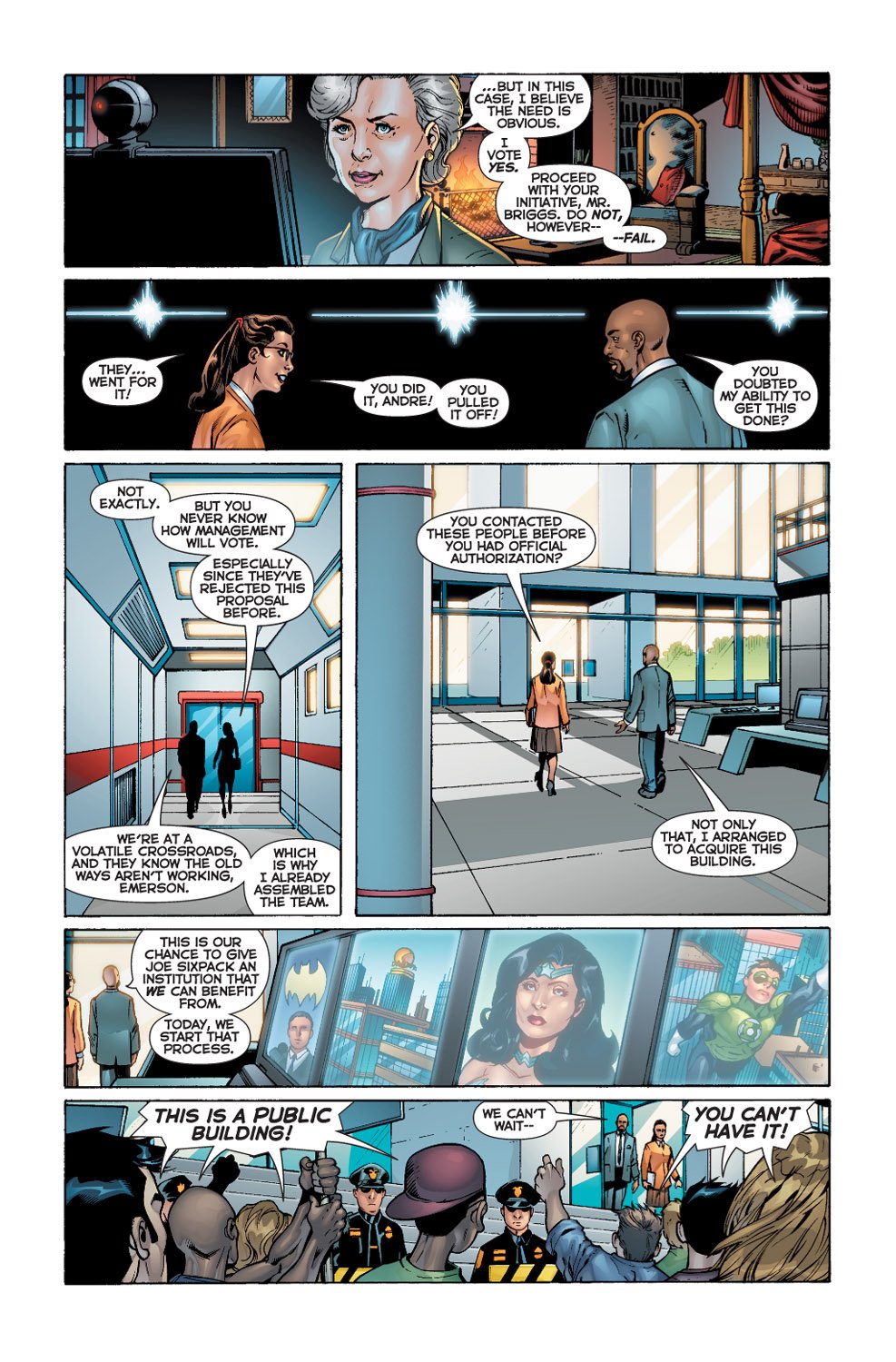
Price: $39.99 - $3.55
(as of Sep 08, 2025 02:29:14 UTC – Details)




